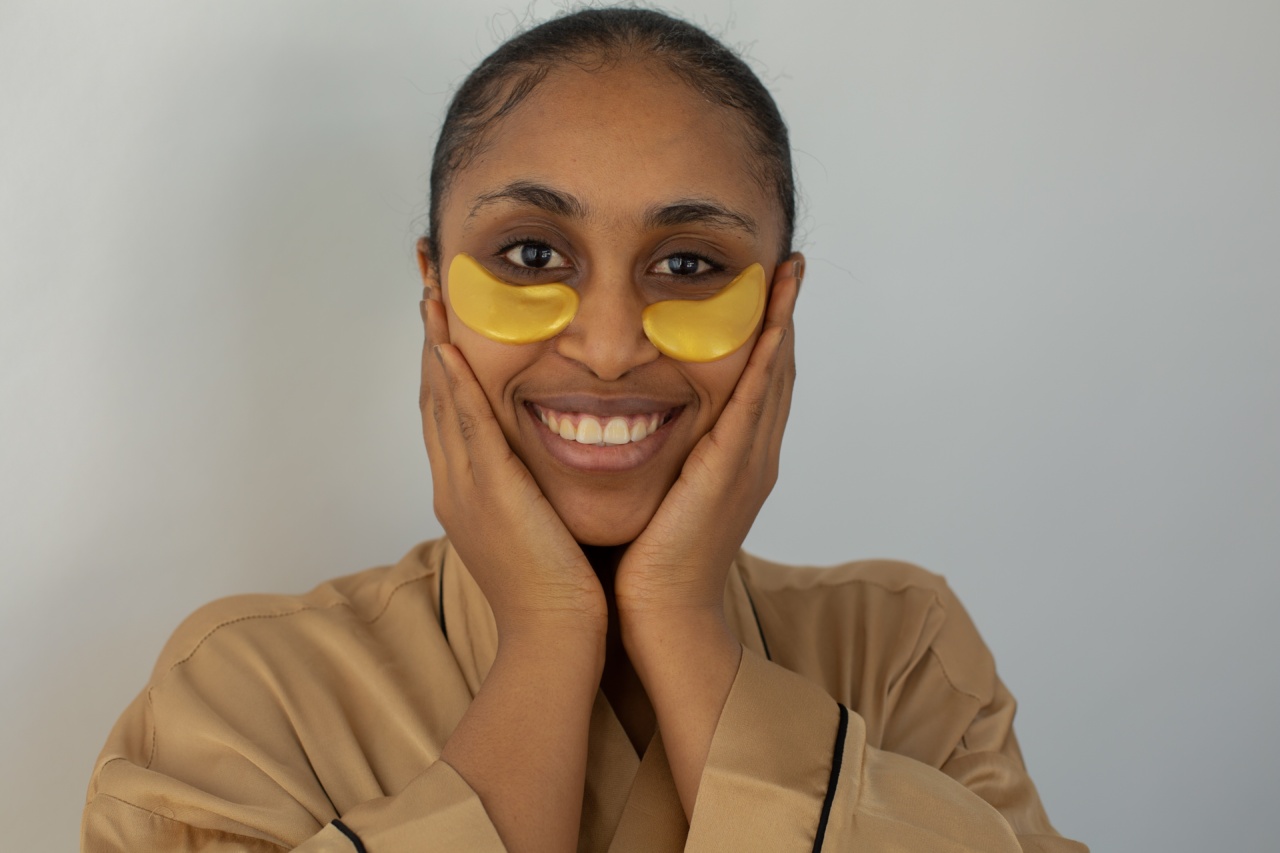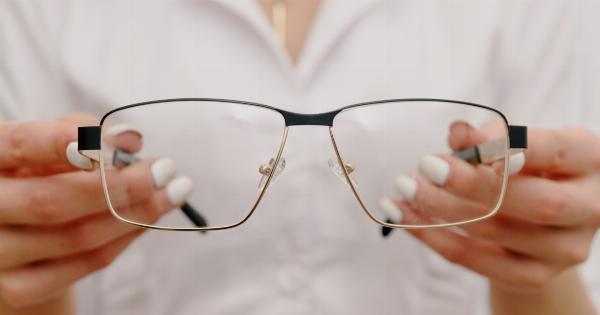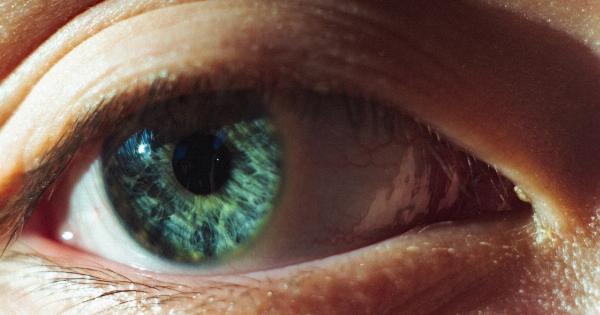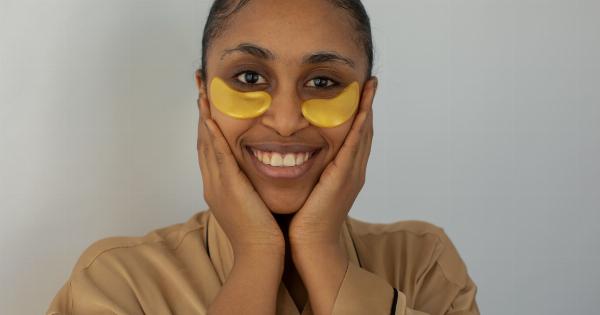A barley, also known as a stye, is a small, painful bump that appears on the eyelid. It is caused by an infection of the oil glands in the eyelids, specifically the glands at the base of the eyelashes.
This infection is usually caused by bacteria, most commonly Staphylococcus aureus. The bacteria enter the glands and cause inflammation, leading to the development of a barley.
Common Symptoms
Before diving into the treatment options, let’s take a look at the common symptoms associated with a barley:.
1. Redness and Swelling
One of the primary signs of a barley is redness and swelling around the affected area. The eyelid may appear puffy and feel tender to the touch.
2. Pain and Discomfort
A barley can be quite painful, causing discomfort and irritation. You may experience a constant throbbing sensation or sharp pain in the affected eyelid area.
3. Sensitivity to Light
Some individuals with a barley may experience increased sensitivity to light. This sensitivity, known as photophobia, can further aggravate the discomfort.
4. Watering of the Eye
The affected eye may water excessively due to the inflammation and irritation caused by the barley. The excess tearing is the body’s natural response to protect the eye from further harm.
5. Appearance of a Pimple-like Bump
A small, pus-filled bump develops at the base of the eyelash. This bump can resemble a pimple and may have a visible white or yellow spot at its center.
Causes of Barley
Now that we have covered the symptoms, let’s discuss the common causes of a barley:.
1. Poor Eyelid Hygiene
If you fail to maintain proper eyelid hygiene, bacteria can accumulate around the base of your eyelashes. This can increase the likelihood of developing a barley.
2. Touching or Rubbing Your Eyes
Constantly touching or rubbing your eyes with unclean hands can introduce bacteria to the eyelid, potentially leading to an infection and the development of a barley.
3. Using Expired Eye Makeup or Unsanitary Tools
Expired eye makeup can harbor bacteria, while using unsanitary tools to apply or remove makeup can introduce bacteria to the eyelid area. These factors can contribute to the formation of a barley.
4. Stress and Fatigue
Stress and fatigue can weaken the immune system, making you more susceptible to infection. This can increase the chances of developing a barley.
5. Contact Lenses
Improper contact lens hygiene, such as failing to clean them regularly or wearing them for longer durations than recommended, can increase the risk of a barley.
Effective Treatment Options
Now that we understand the causes, let’s explore some effective treatment options for a barley:.
1. Warm Compresses
Applying warm compresses to the affected area can help alleviate symptoms and promote the healing process. The warmth helps to improve blood circulation and encourages the barley to drain.
2. Good Hygiene Practices
Practicing good eyelid hygiene is crucial for preventing and treating barleys. Clean your eyelids gently with a mild cleanser and warm water daily, being careful not to scratch or further irritate the area.
3. Avoid Squeezing or Popping
Although tempting, it is essential to resist the urge to squeeze or pop the barley. This can spread the infection and worsen the condition.
4. Antibiotic Ointments
In some cases, your doctor may prescribe an antibiotic ointment or eye drops to help clear the infection and prevent further complications. Follow your healthcare professional’s instructions carefully.
5. Over-the-Counter Pain Relievers
Over-the-counter pain relievers, such as ibuprofen or acetaminophen, can help reduce pain and discomfort associated with a barley. However, consult with a healthcare professional before taking any medication.
6. Time and Patience
In most cases, barleys resolve on their own within a week or two without any specific medical intervention. However, following the aforementioned treatment options can help speed up the healing process and provide relief from discomfort.




























